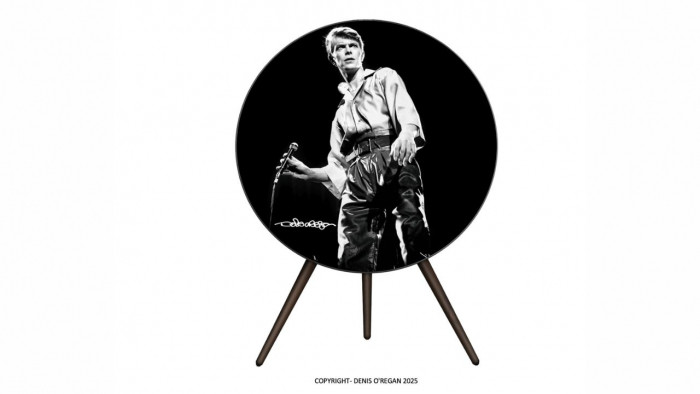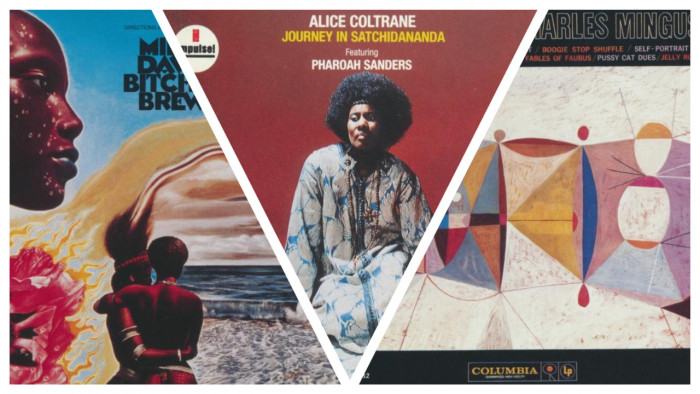New research shows Spotify is having an unexpectedly strange effect on song titles
There's been a noticeable change


While there’s no absolute key to making your way to number one in the charts, certain approaches have been shown to be more reliable than others.
Last year, we looked into the components that might make a song more likely to top the charts, but what about getting into the top 100 in the first place? And how have things changed now that we’ve cast off our physical shackles and fully embraced streaming?
One researcher has broken things down into the pre-and-post Spotify era, and has made some very interesting findings when it comes to song titles in the last few years.

According to our investigation into UK number ones from the 2010s, the word ‘Love’ featured more prominently in the most recent decade than in the one before it, with a few different words featuring three or four times.
However, engineer Michael Tauberg has collected 18 years’ worth of data, split down the middle, and found out even more about the words which feature not just in number ones, but in all singles to chart during the period.
Tauberg’s Medium post focuses on the US Billboard Hot-100 rather than the UK equivalent, but his study is worth considering for the changes it identifies in broadly-defined pre- (2000-08) and post- (2009-17) Spotify era music.
“From the album, to the song, to now, the stream, music has been disentangled from its larger context,” he writes.
“As such, we would expect that the names of albums and songs are uncorrelated to their musical success.”

He found that song titles from 2000-08 used just 2,113 unique words, compared to 2,512 in the more recent period – an increase of just under 19%.

Additionally, the number of words in each song title has changed noticeably over time: proportionally more songs have longer (7+ words) or shorter (1-3 words) titles, with the middle getting squeezed, though shorter titles continue to dominate.
So, while titles like Nickelback’s ‘How You Remind Me’ are getting scarcer as a percentage, we’ve got more of the ilk of Taylor Swift’s ‘We Are Never Ever Getting Back Together’ and Luis Fonsi (feat Daddy Yankee)’s ‘Despacito’.

The number of songs to chart, meanwhile, has jumped 27% from pre-Spotify to post-Spotify. That means there have been more songs in the last nine-and-a-bit years which have only appeared in the US charts for a single week – in fact considerably more than in the pre-Spotify period.
The post-Spotify period includes Soko’s single ‘We Might Be Dead by Tomorrow’, the first ever single to both crack the top 10 and only spend one week in the top 100.
Streaming accounted for the bulk of the numbers which brought about its chart success, suggesting the change of weighting in the US charts has at least played some part in the changes.
Indeed, as Tauberg notes, streaming has accounted for a greater proportion of chart success since 2013, with the calculations changing again this year to give greater weighting to paid subscription-based streams.
With more people paying for subscriptions it will be interesting to see whether the trends continue in the coming years.
Spotify was at a record high of 70m paying subscribers as of January 2018, more than doubling in the last two years, while Apple Music currently sits at around half that total.
If more streaming has led to more artists charting and shorter or longer song titles, how much further in that direction can we go?
(Images: Unsplash/Getty)








